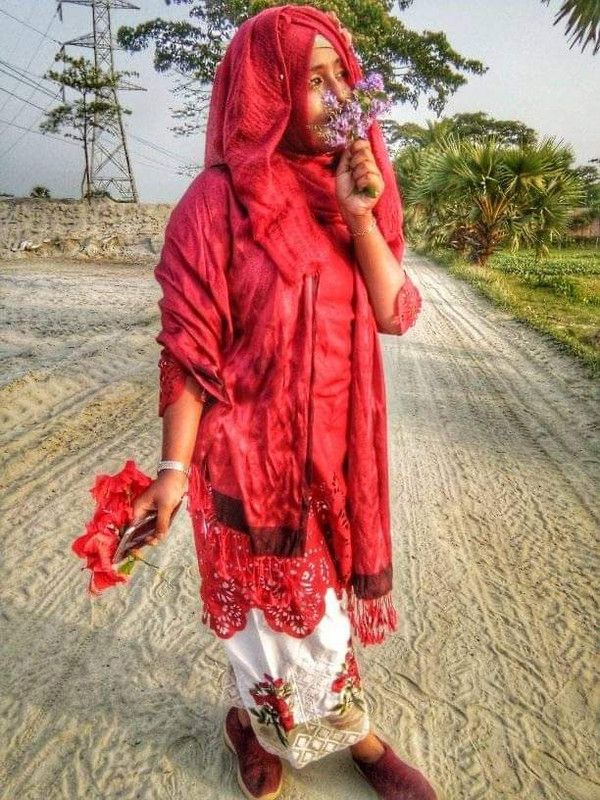
The history of the women's movement in Bangladesh and the current trend When it comes to talking about the history of the women's movement in Bangladesh, we have to stop again and again and suffer from the crisis of honest coherence of events. The search for the source of history is not successful without knowing its origins, its inspiration, its zeal. Not known its coherent continuity. All movements begin with the expression of the suffering of the people suffering from the dual exploitation and deprivation of unequal power. He has made people express their grief or protest sometimes alone, sometimes in groups. Again, that isolated effort was carried out in a conscious, well-organized manner and took shape in time. The discussion of history demands a unified and complete sequence of events from the original to the present, which, as I said at the beginning, is hampered by various weaknesses in Bangladesh.
To find the history of the women's movement in Bangladesh, one has to face another complex obstacle. Especially this history is being written in a country where the history of the whole country has been kept opaque and reformed. Whether that reform comes from sectarian and religious orthodoxy, or from a narrow political belief. In the interest of the colonial rule (British period in 1857-1947 and Pakistan period in 1947-1971) the skepticism that gave rise to mutual skepticism, what a pity these countrymen themselves are carrying the responsibility to nurture it! In the history of this country, therefore, the fame of the workers is not recognized, injustice is done in the guise of patriotism. The demand for women's emancipation has become the capital of the ruling parties as the issue of women's emancipation has gained special status in the aftermath of the International Women's Year. On the other hand, even outside the influence of such intransigent cycles, for many who believe in the dignity of women in general, the practice, rationality and acceptability of male-female, human rights and political governance remain almost unquestionable. The depth of the movement that has emerged under their leadership is far less profound, but its simple-wide appeal has kept many away from the overall equality principle of the women's movement.
Another weakness of this movement is that those who question the rationality of male domination over women and agree on the principle of gender equality have also been divided over the possibility of women's emancipation on any socio-economic or political basis. Added to this is Bangladesh's dangerous foreign aid-dependence and it has affected the trend of women's movement like all other issues in this country. Significantly enough. In the midst of so many contradictory, even ever conflicting interests, this movement does not seem to be able to take a clear shape in Bangladesh. However, it must be acknowledged that in the midst of this complexity, some women's organizations are working to establish a humane and popular ideology of women's emancipation. However, Bangladesh has made little progress compared to the extent to which the women's movement has gained momentum in socialist (industrialized and third world) and Western industrialized countries. Such a clear theoretical outline is not found here. The strong and positive role that some women's organizations have played in the post-independence period in analyzing the causes and processes of women's social status is not insignificant.